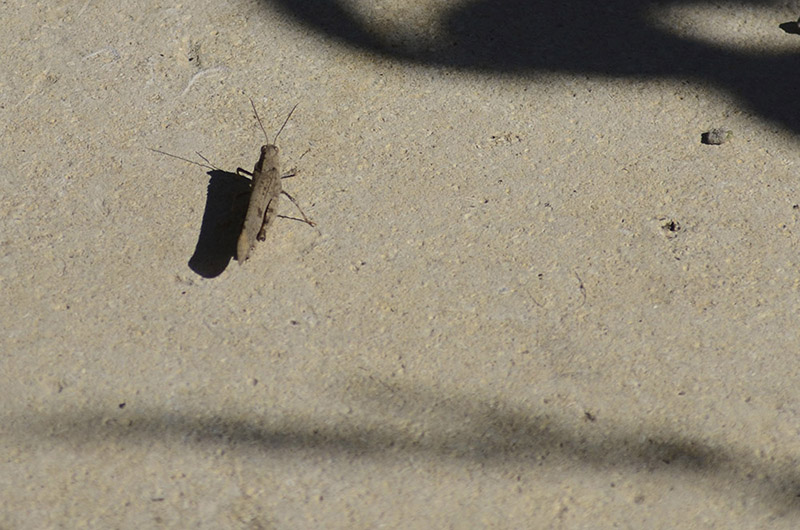Intro to Color
This exercise is about capturing color. Fundamentally, it couldn’t be simpler. Color is all around us. It’s not difficult to spot even if you aren’t really looking for it.
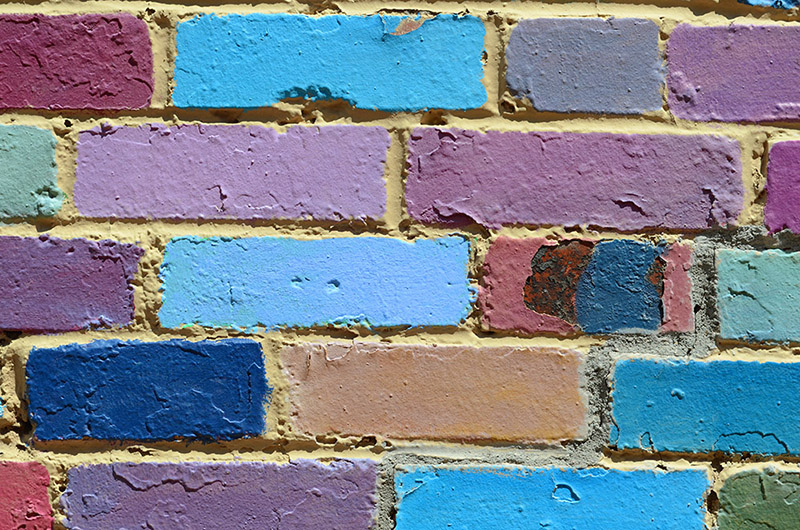
Nikon D7000, 50mm (18-55mm), 1/320, F/10, ISO 200, adjusted
So to help you sharpen your ability to truly see color, I’m going to throw in a few added challenges.
First, for the purposes of this exercise black, white, grey and tan are not colors.
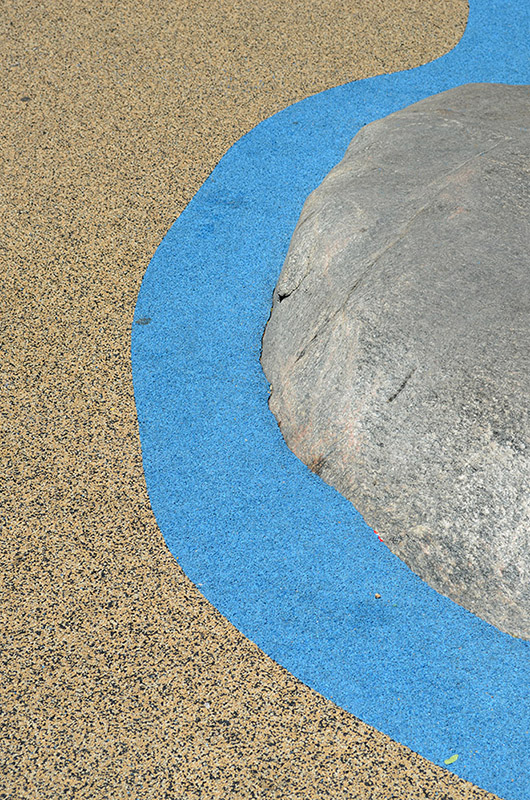
You may use these “neutrals” to bring out the color you’re actually photographing. But they can’t be the color in your shot.
Nikon D7000, 18mm (18-55mm), 1/400, F/10, ISO 200, adjusted
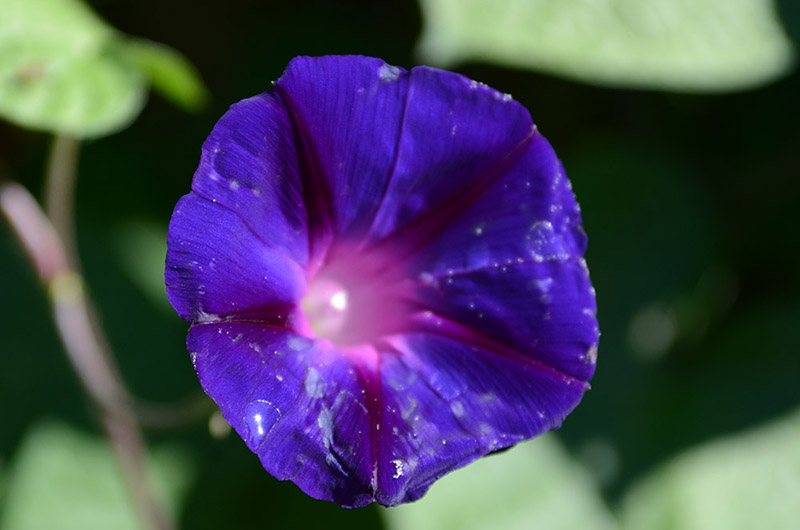
Nikon D7000, 200mm (28-200mm), 1/500, F/5.6, ISO 250
Second, no nature. Green grass, bright flowers and autumn leaves are too easy. Thus they don’t really help you learn to see color in places where you might not automatically look for it.
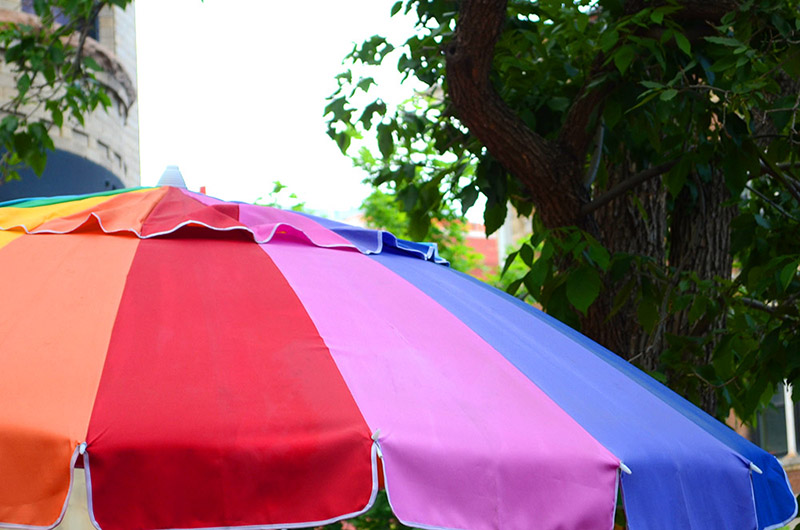
Nikon D7000, 55mm (18-55mm), 1/160, F/6.3, ISO 200, adjusted and cropped
As with neutrals, it’s okay to have grass or a tree in your shot. It just can’t be the source of the color you’re photographing.

Third, no signage. As with flowers, brightly colored signs do all the color work for you.
Nikon D3000, 35mm (18-55mm), 1/400, F/10, ISO 100

Nikon D7000, 50mm (28-200mm), 1/80, f/5.6, ISO 200
The fourth rule is the trickiest. When a viewer looks at your picture, her first reaction should be “color.”

The simplest way to achieve this is to frame your shot so it contains literally nothing but color.
Nikon D7000, 52mm (18-55mm), 1/250, F/6.3, ISO 400

iPhone, cropped
But be careful. Viewers want to look at something interesting, and an empty field of a single color is going to send them looking for another reaction. For example, if a shot is a monochromatic pattern of blue objects, the first reaction may be “pattern” rather than “color.”
The “first reaction” test is often in the eye of the beholder. For example, some viewers might look at this shot and think “yellow.” Others might think “shirt” or “man in shirt” or even “window frame” before getting to the color that’s supposed to be the main point.

Nikon D7000, 55mm (18-55mm), 1/100, F/5.6, ISO 400

The most important part of this exercise is to relax, take your time and have some fun with it. Colors can have a strong effect on our emotions, so use that to your advantage while you’re working.
Nikon D7000, 145mm (28-200mm), 1/1600, F/5.6, ISO 800, adjusted
This sketch is based on an exercise developed for Miksang contemplative photography practice.
